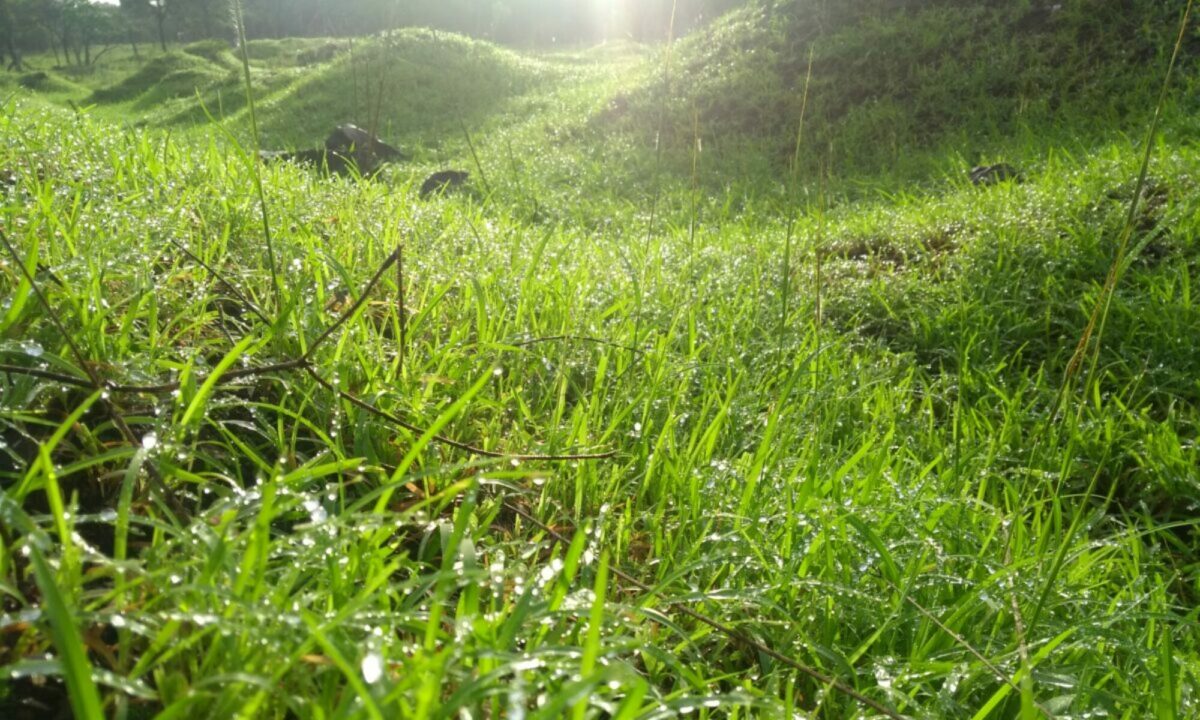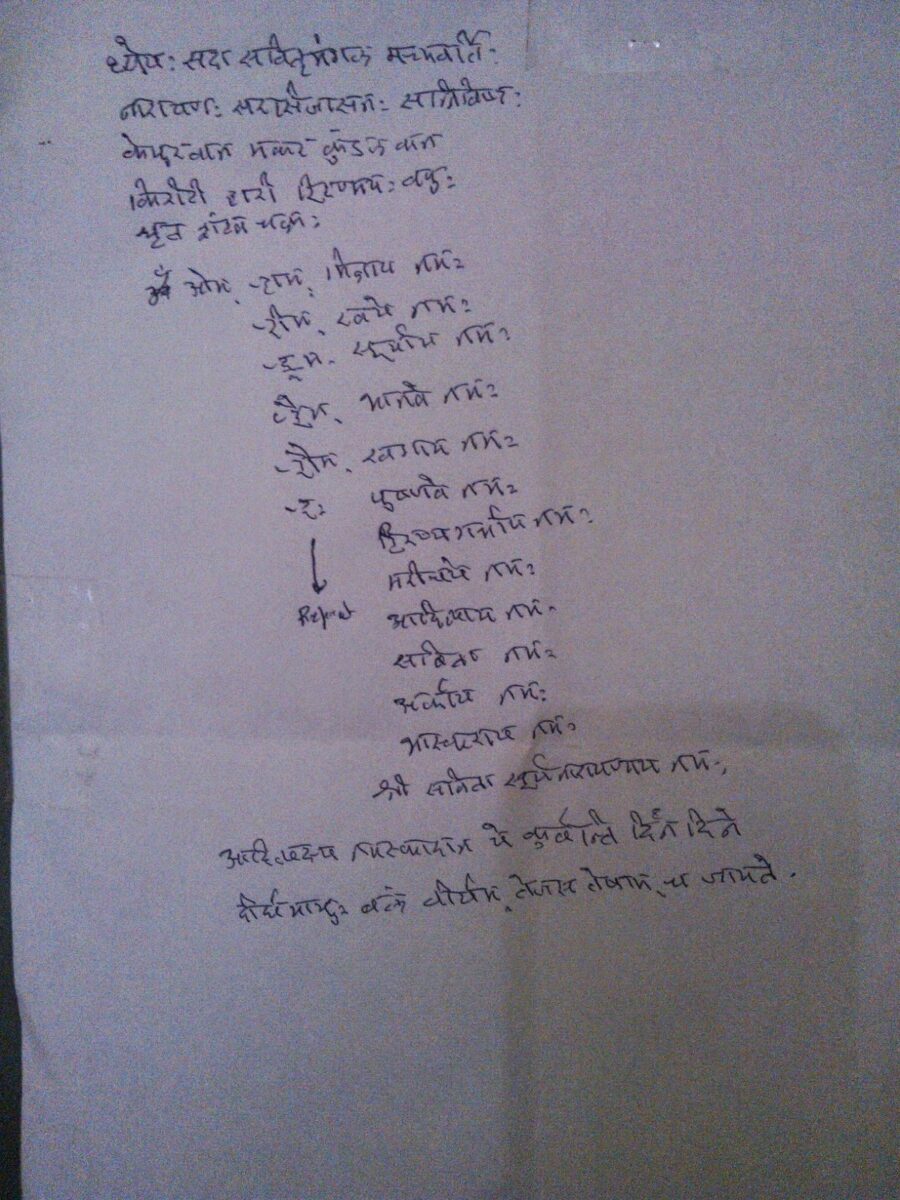Blogathon. Its been a month of “exercising for fitness” and I was not
really sure I would be able to complete the challenge and stay within
the theme. Suddenly I had a gamut of ideas for blog posts which had
nothing to do with my theme. They were banished to the ‘drafts’ and
hopefully should be up soon. So keep visiting.
Thanks
to all of you who have visited and commented here. Its been a pleasure
knowing all of you and reading your thoughts. Do follow my blog on GFC or on Twitter so
we can stay updated on our posts.

Stunning models in fashion magazines look beautiful, lean and toned and whatever I do I somehow never achieve that look. Obviously a lot of it is due to superb photography, make up etc but size matters as well. I had a painfully thin frame and never ever was it considered to be beautiful. Rather it was looked down upon.
In my time, fat was beautiful.
Some years ago, the so-called size zero became quite the craze in India when Kareena Kapoor (an actress in India’s film industry) was down to this size for the 2008 film “Tashan.”
So thin was in.
Later on I saw the movie “Bride Wars” when this dialogue about a wedding dress by Vera Wang has stayed with me till now: “You don’t alter Vera to fit you; you alter yourself to fit Vera.”
I am not sure what dimensions qualify as size zero but I assume its something painfully thin as is evident in photos in the links above. Can one reach and stay in this size in a healthy manner? Obviously it would mean cutting down on food which will affect nutrition and energy levels. Will there be long term side effects? This is an eye opening article about models who go to all lengths to maintain the sizes required for their work.It involved eating less or not at all, sustaining oneself with drips but not much mention of exercise. The focus was only on the size and not on fitness. Fitness is not only size but involves overall strength, flexibility and endurance. Its the combination of these that makes a person fit.
But obviously the requirements of the fashion industry go beyond fitness. Appearances count.
So is it worth risking long term damage to our bodies to reach and stay at size zero? Thats a question we have to answer for ourselves.
If you ask me then its better to be happy with our bodies as God’s gift, try not to damage it wrong diets, wrong exercises, wrong lifestyles.
Stay fit all of you. Stay healthy.
Cheers!
Disclaimer: All
suggestions are general in nature. Readers are advised to exercise
caution before implementing them and seek expert advise about what is
suitable for their specific needs.

